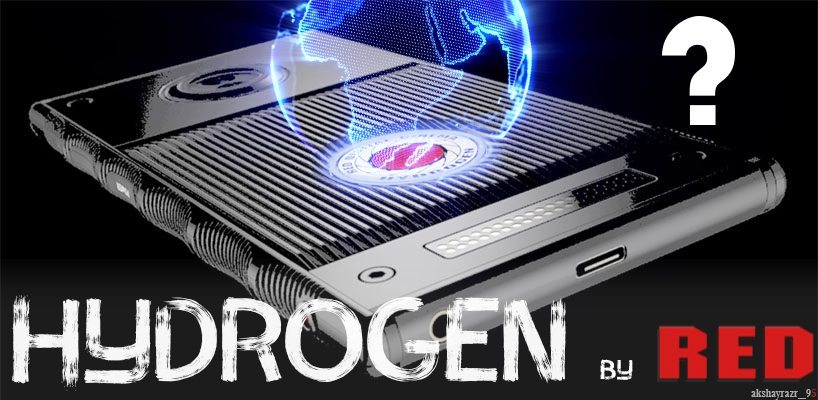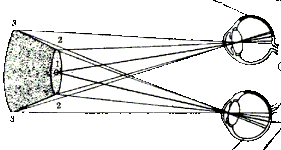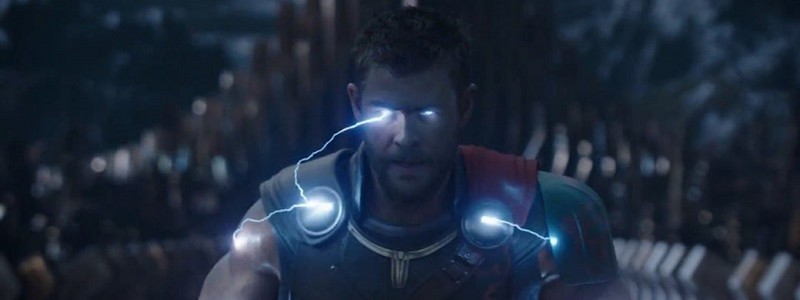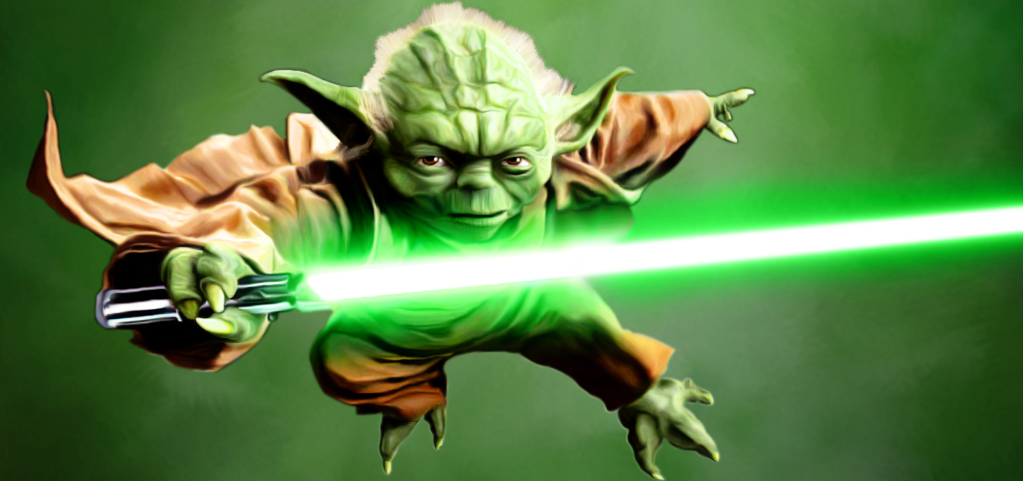Hologram on the smartphone. Cheating the century or the future is here?

In July 2017, the manufacturer of movie cameras "RED" announced a new smartphone "RED HYDROGEN"
The very news about RED and smartphones discouraged many ordinary people: “Seriously? They do cameras — what other smartphones ... ”
But even more unexpected was the statement that the smartphone will support holograms !
Many decided that the guys were crazy, or this is some kind of deception of the century, a strange PR or ...
Is it possible? Maybe not far off and the lightsaber?
')
- Yes it is possible.
But not as Hollywood draws to us - we will not see the projection of Princess Leia. Most likely you simply do not know what a hologram is because you looked at a lot of science fiction instead of studying physics. Just for such people this article was written - just about the complicated.
Holography vs Photography
- What are holograms? See Wikipedia ...
Holography is a set of technologies for accurate recording, reproducing and re-shaping the wave fields of optical electromagnetic radiation, a special photographic method in which images of three-dimensional objects, which are highly similar to real ones, are recorded with a laser.
Most likely the understanding has not increased - better watch the video
If it seemed to you that these are mirrors and cans from forfeits behind glass - reconsider once again.
These are the real holograms. No tricks - only science.
How it works?
To begin, let's answer the question - how do we perceive the volume in general ? This is possible due to the fact that we have two eyes - each sees an object from different sides.

The brain processes these two slightly different images and builds one volumetric model in our mind. Thanks to this, we can estimate the distance to objects just by looking at them - the brain automatically evaluates the tension of the eye muscles and determines the distance with fairly high accuracy.
Eye as an optical device
The camera works on the same principles as the human eye - so consider the eye as an optical device.

The eye reacts to light , and the light, as we know, is an electromagnetic wave , exactly the same as, for example, Wi-Fi - only of a higher frequency .
In order for the eye to see something - the light must come from it, when we see an object - we register light reflected by this object in all directions , which reflects every point of the surface
Each point of the surface reflects light in all directions!
This is an extremely important principle that needs to be understood - a whole jumble of different waves passes through every piece of space in various directions, but we see only what gets into our eyes through the pupil.
From the entire hodgepodge of waves, only a small piece of the wave that has slipped through the pupil gets into the eye / camera.
The wave goes further, but we do not see it because our eye cannot register the waves that do not go straight into it, but this does not mean that they are not there !

When we turn our head to see an object located on the side, pieces of waves reflected from this object begin to fall into our eyes.
These waves have always been there , they are just invisible to the eye, until they go into it from the front.
By the same principle, a camera / movie camera works - out of the whole variety of waves passing in all directions through space - only a part that goes in one direction is fixed - therefore the photos look flat - this is just a small part of the original information.
Holography

Now, finally, we can proceed to the principle of creating volumetric images , consider a part of the space circled in purple, let's imagine that they have placed glass in front of the object.

If we could somehow freeze / remember the picture of the waves passing through this glass, and then reproduce exactly all amplitudes, frequencies and phases - then we would save not a small green piece of a wave that carries information only in one direction , but a whole picture of all waves, which contains information about all possible viewing angles.
If you can not see the difference ...
If exactly the same picture comes out of the glass from the waves that the object emitted at the time of “sealing” this picture - it will be visually impossible to distinguish such a “photo” from the real object, and the object will be visible at all angles as the entire picture of the waves passing through space

The camera sees only in one direction - so in order to capture the entire wave front we need to take pictures in all directions, and then merge them into one three-dimensional picture - the 3D scanning is based on this principle.
This method of shooting 3D objects is similar to FDM 3D plastic printing, which is actually printed in 2D just a lot of times - on a qualitative level this is a “crutch”
Implementation
Things are going well - it remains only to figure out how to seal in space all the radio waves that pass through it, and then restore, then I probably won’t go deep into technical details - the main thing is to understand the basic principle. (If there is interest - there is an opportunity to remove the hologram in the spectroscopy laboratory, there are many nuances - so this is the topic for the next article).
Stop the light
The problem is that the waves are in constant motion . And if we want to fix the picture in space - we must react with some kind of photosensitive material for some time and the printed picture must be fixed for this time .
By taking an ordinary photo - we do not stop the light, we cut a narrow direction along which we expose the matrix with rays of constant amplitude, each of which connects a point of the object and a pixel on the matrix.

Standing waves
We want to capture all the directions at once , and we do not have the eyes of Agamoto , in order to freeze time - we will have to think with our heads.
It is good that it was already done in 1947 by Denesh Gabor (one thousand nine hundred and forty-seventh year, Karl!). For which he received the Nobel Prize.
The essence is as follows: if two waves are added with the same frequency and different directions, then at the intersection of the maxima and minima of these waves there will be a standing wave - a virtual wave (since the light waves do not act on each other), which is the sum of two traveling waves of the same frequency . Due to this, one can light a still picture from intersections of two waves in a photographic plate.
By shining one plate with three colors of the reference waves - red blue and green - we get a full-color hologram, indistinguishable from the original.
If you now remove the object and shine it onto the plate as a reference wave, an exact copy of the waves created by the object being scanned will come out of the plate.

Technological requirements
Since it is very important that the frequencies of the object and reference waves are the same, an incredibly stable source of light is needed in order for the standing wave to remain stationary — with a slight difference in frequency — the wave will begin to move and the hologram will be smeared.

Green light
Such a source exists - it is called a laser . Before the invention of the laser in 1960, holography had no commercial development, gas-discharge lamps were used for recording.
In 2009, the world's first semiconductor green laser was invented (red and blue already). Prior to this, green lasers used a doubling of the frequency of an infrared laser diode transmitted through a nonlinear optical crystal, doubling the frequency. However, this design has extremely low efficiency, high cost, complexity, etc.
The invention of a semiconductor green laser gave the green light to the development of miniature RGB laser projectors . 9 years have passed - quite enough time for technology to go into industrial use - and now we are starting to observe the most active market participants, there will soon be even more cool and interesting products.
Resolution
The resolution of the recording plate must be incredibly high - the distance between the illuminated nodes of the standing wave is comparable to the long wave of light, and that is ~ 600 nm! That is, the resolution is at least 1666 mm ^ -1.
If during photographing - each point of the matrix corresponds to a point on the object, then in a hologram - light from all points of the object falls on each point of the matrix, that is, each part of the hologram contains information about the entire object.
Findings:
- The principle of holography was invented half a century ago, but the lack of technology, in particular lasers and recording materials, did not allow implementing it at a good level.
- Even using ordinary plates - the creation of a hologram is quite a delicate and painstaking process - to make a holographic full-color scanner and a holographic screen with digital control in a smartphone is a very strong challenge.
- Even the ability to make one static hologram from a tripod (not to mention recording a hologram from the hands) and display it on a revolutionary holographic display in the smartphone form factor will already be an achievement that will change whole industries.
PS Also, holography is used in the production of processors and microscopy, making it possible to overcome the diffraction limit of a conventional photomask.
UPD: Thanks for the comment gritchenkoant
Relatively recently, there was an article about cameras and light field displays, it seems that RED is preparing this new product on this basis.
spie.org/newsroom/6623-high-resolution-3d-light-field-display?SSO=1
Source: https://habr.com/ru/post/371089/
All Articles